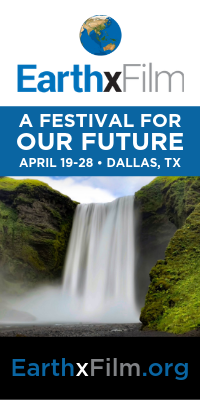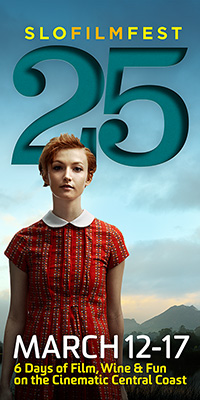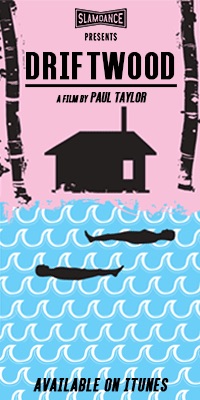One can be forgiven if one mistakes Christian Frei and Maxim Arbugaev’s new documentary Genesis 2.0 for a feature film. First of all, the cinematography is absolutely tops. From the stunning vistas of the sloppy, mud-laden tundra of New Siberia Island to the sterile laboratory conditions of a genetic research facility, the filmmakers stage scenes with a production value equal to or better than many Hollywood efforts. Another reason the film feels like a narrative is because there’s no narration, lots of quiet moments, and loads of drama in shots which are blocked so effectively, it’s hard not to imagine a studio’s resources behind them. On top of all that, the thread connecting two different stories is so visually stark and yet so translucent in the storytelling, the audience can’t help but expect some kind of dramatic clash coming down the pike. But don’t hold your breath – it never happens. Instead, this quirky non-fiction effort does a masterful and disarming job of contrasting the lives of two brothers who are after the same thing for two very different reasons.

Mammoth tusks (GENESIS 2.0)
One on side is Peter, the mammoth tusk-hunter. Trudging upon the unforgiving and remote Arctic island, he searches for the remains of the large ancestors of modern elephants, hoping to score some usable bones to sell to researchers and scientists. It’s grueling and dangerous work, from the crossing over a dangerous ocean to polar bears to navigating uneven ground. Watching Peter and his friends poking the soil, wading in ponds, and jackhammering through rock to get to their quarry is a grueling experience. You can smell their sweat, feel their muscles tense, and it’s all for the hope that they’ll find enough artifacts to pay some bills and feed their kids. You won’t believe the thankless hard work and extreme risk these folks go through just so you can see some megafauna displayed in a museum, or for use in a mad scientist scenario.

The science of it all. (GENESIS 2.0)
Which brings us to Peter’s brother Semyon. While both were born and raised in the same small Siberian village, Semyon went on to become a world-renowned scientist with the singular dream of finding enough viable mammoth DNA to bring the beasts back to life Jurassic Park style. He travels the globe, from Harvard University to a Chinese genetics company, trying to make this grandiose dream a reality. Mixing with luminaries in the field, billionaire sponsors, and colleagues rummaging through samples of flesh and blood, Semyon is almost megalomaniacal in pursuit of his goal. His dedication to seeing his dream come true is reflected in the words of one of his peers at the Chinese lab: “We are trying to make god more perfect.” It’s not a far cry from the exaggerated dinosaur professor played by Sir Richard Attenborough in Jurassic Park, only these people are for real, and playing the role of creator isn’t just a profession, it’s a feverish passion.

What’s remarkable about Genesis 2.0 isn’t at all that we’re maybe on the brink to bringing a prehistoric animal back from the dead. If anything, that “plot point” is the least interesting aspect of the film. Much more powerfully, it offers up a robust visual lexicon on the subject of contrast. Bouncing unexpectedly from a drab and claustrophobic dig site with Peter on the island, to a large Ted Talk audience virtually exploding in colors presents a tension between two very different worlds, which nevertheless rely upon one another to exist. Peter needs that money and peeling back centuries of sludge at risk to life and limb is his best shot at making it. Semyon needs those samples to resurrect the dead mammoths and secure his position and achieve his quest. And without explicitly tying to two together in a forced narrative, the filmmakers simply trust that the audience will get it. What’s more appalling? Peter’s working conditions or the unfettered hubris of Semyon’s world? What has been lost to history and what is being grown in a lab? Making a living off the land, or seeing a mammoth stomp through the snow? This is a film about how some scientific sausage gets made, and how two brothers could not be further apart even when tethered by a common endeavor. Don’t go in with expectations and you just may discover something very old inside of you which you thought was long dead.








READER COMMENTS